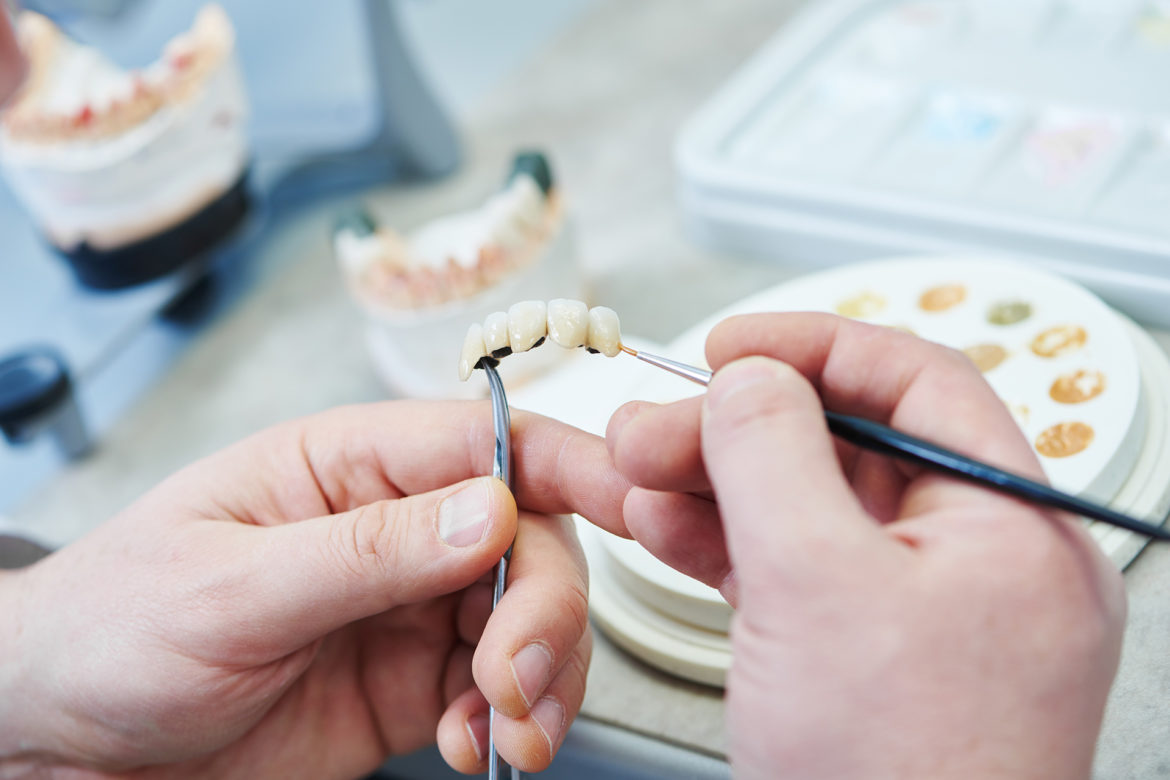In dentistry, we are looking to ensure our patients have healthy and strong teeth that allow them to eat, smile and talk confidently. For many individuals, this is a challenge and leads them to look for the best options for replacement teeth. While we are always looking to preserve a patient’s natural teeth, we often run into situations where a dentist must remove and replace a damaged tooth.
In these cases, your provider will help to determine the best tooth replacement options. Depending on your situation, you may have to consult with multiple specialists such as, your general dentist, a prosthodontist who specializes in tooth restoration and replacement, an oral surgeon, or a periodontist who treats gum disease.
Everyone’s best option is different based on your unique situation, budget, and overall dental health. Often, the process of restoration and replacement begins with your general dentist.
What Are the Tooth Replacement Options Available?
Dental Implants
Dental implants are a popular option for replacing a single tooth, a few teeth, or even a full set. Implants create a strong foundation for fixed or removable teeth, made to match your natural teeth by replacing tooth roots with titanium posts and securing the replacement teeth in place.
Typically, implants require the following three steps:
- Surgical placement of the implant post
- Healing from the implant placement
- Replacing missing teeth (temporary teeth may be used during the interim steps)
Sometimes a dentist can perform the steps in one visit, and in other cases, this process takes a series of visits to complete.
Benefits of Dental Implants
- Dental implants look and function like a natural tooth
- Dental implants are very durable and will last many years. With proper care, they can last a lifetime.
- The tooth feels stable and strong
- Dental implants help preserve bone and bone tissue
- You can brush and floss normally, making them easier to keep clean
- Dental implants can be individualized to replace a single tooth without relying on other adjacent teeth
Fixed Bonded Bridges
Used to fill gaps in your smile, a dental bridge is held in place by abutment teeth on either side of the gap. While a traditional bridge uses dental crowns on the abutment teeth, this bridge uses a framework of either metal or porcelain that is bonded to the backs of the abutment teeth. This type of bridge can only be used when you have a natural tooth on either side of the gap.
Benefits of Fixed Bonded Bridges
- Fixed bonded bridges look and feel like natural teeth
- They are less expensive than dental implants
- You do not have to remove fixed bridges to clean them or eat
Removable Partial Dentures
Traditional dentures are bulkier and can cause bone shrinkage and deterioration of the muscle tissue. Over time, the denture can become looser making it more difficult to talk and eat. Oral hygiene is easy to maintain with the traditional denture, and the denture is affordable, but you will have to limit your diet and avoid fruits and vegetables.
Benefits of Removable Partial Dentures
- This is usually an affordable option…

